Galagadon nordquistae – Shark Resident of Hell Creek
Perhaps the most famous exhibit at the Field Museum (Chicago), is the Tyrannosaurus rex specimen named “Sue”, the most complete T. rex fossil discovered to date. A great deal of research has been carried out on the 66 million-year-old fossilised bones of this giant, meat-eating theropod that measures over twelve metres in length. However, the matrix that surrounded the fossil material has helped to shed light on another resident of the famous Hell Creek Formation of South Dakota. Fossil teeth found in the matrix surrounding the bones of the most famous T. rex in the world has led to the naming and description of a prehistoric shark that lived in freshwater, say hello to Galagadon nordquistae.
A Life Reconstruction of the Late Cretaceous Shark G. nordquistae
Picture credit: Velizar Simeonovski (Field Museum)
Galagadon nordquistae – A Small, Freshwater Predator
Ever since the preparation work on “Sue” began in the 1990s, the leftover sediment (matrix), was carefully stored at the Field Museum. Researchers examined this material searching for micro-fossils in a bid to build up a picture of what life was like in this part of Laramidia towards the end of the age of dinosaurs. Teeth were found from a shark which would have measured around half a metre in length.
Peter Makovicky (Curator of Dinosaurs at the Field Museum) commented:
“This shark lived at the same as Sue the T. rex, it was part of the same world. Most of its body wasn’t preserved, because sharks’ skeletons are made of cartilage, but we were able to find its tiny fossilised teeth.”
The shark, named Galagadon nordquistae, is described in a scientific paper published in the “Journal of Palaeontology”.
Named After a 1980s Video Game
Lead author of the research, Terry Gates (North Carolina State University), explained that the shark’s name was inspired by the stepped, triangular shape of the teeth that reminded the research team of the spaceships in the 1980s video game Galaga. The species epithet honours Field Museum volunteer Karen Nordquist who discovered the fossilised teeth in the matrix material.
Fossil Teeth Reminded the Scientists of Video Game Spaceships
Picture credit: Terry Gates (North Carolina State University)/Journal of Paleontology
Commentating on her fossil find, Nordquist stated:
“It [a tooth] was so tiny, you could miss it if you weren’t looking really carefully. To the naked eye, it just looks like a little bump, you have to have a microscope to get a good view of it.”
Tiny Teeth Change our View of the Prehistoric Environment
The tiny teeth are only about a millimetre wide, about the size of a pinhead. Galagadon was small too, estimated at around thirty to sixty centimetres in length.
Dr Makovicky added:
“Galagadon was less than two feet long, it’s not exactly Jaws. It’s comparable to bamboo sharks living today. It probably had a flat face and was very likely camouflage-coloured, since its relatives today have a camouflage pattern. It would have eaten small invertebrates and probably spent a fair amount of time lying on the bottom of the riverbed.”
Galagadon may not have been huge, but its discovery has forced scientists into a re-think over what they thought they knew about the area where the T. rex named “Sue” was found. It had been thought that the fossil locality represented a lake formed from a partially dried-up river, the presence of a shark suggests there must have been at least some connection to the sea.
Galagadon nordquistae – A Member of the Orectolobiformes
The shark has been classified as a member of the Orectolobiformes Order of sharks, making it distantly related to extant carpet sharks including bamboo sharks. These types of shark are believed to have originated in the Jurassic and had a global distribution, today they are mostly restricted to waters in southeast Asia and Australia.
Co-author of the study, Eric Gorscak (Field Museum) explained:
“It’s surprising to find their fossils at the Sue locality. During the Late Cretaceous, the continents continued to drift apart, further isolating dinosaurs and other land animals, and at the same time created the Atlantic and Indian oceans. With occasional seaways connecting these young oceans, we have found fossils of marine life flourishing globally, including Galagadon and its relatives.”
Various Views of the Galagadon Teeth
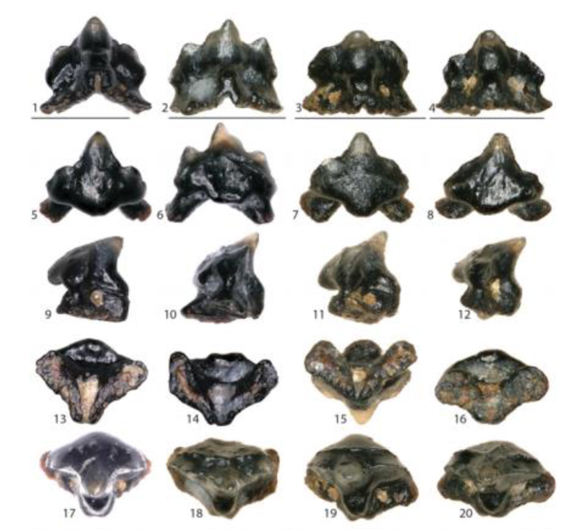
Picture credit: Terry Gates (North Carolina State University)/Journal of Paleontology
Hell Creek – More than Flashy Dinosaurs
The study also reflects the importance of learning about fossils beyond big, flashy dinosaurs. Each species discovered helps to build up a picture of the ecosystem in which the dinosaurs and other megafauna existed.
Karen Nordquist added:
“Most people, when they think of fossils, think of big huge dinosaur bones, but in the dirt, there are the bones of tiny animals. When you get those bones and identify them, you get an idea of the whole environment, everything that lived with the big dinosaurs. You learn so much from micro-sorting.”
The scientific paper: “New Sharks and Other Chondrichthyans from the Latest Maastrichtian (Late Cretaceous) of North America” by Terry A. Gates, Eric Gorscak and Peter J. Makovicky published in the Journal of Paleontology.
Everything Dinosaur acknowledges the help of a press release from the Field Museum (Chicago), in the compilation of this article.
Visit the award-winning and popular Everything Dinosaur website: Everything Dinosaur.


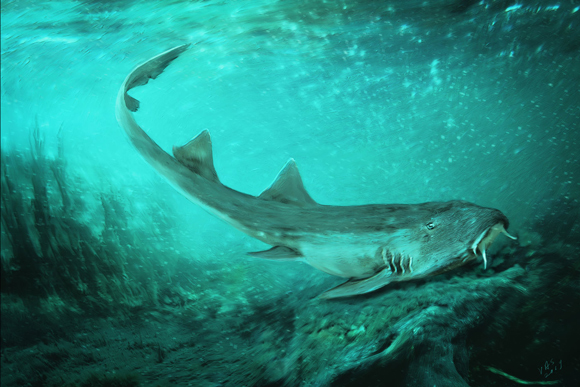

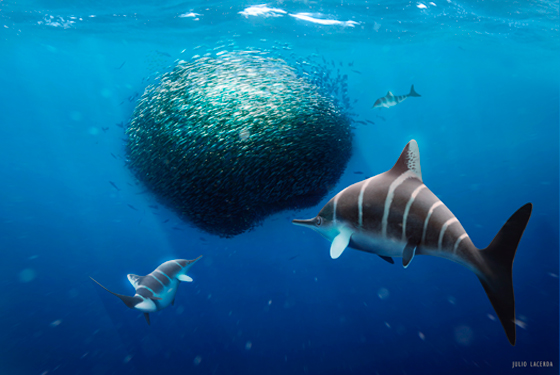

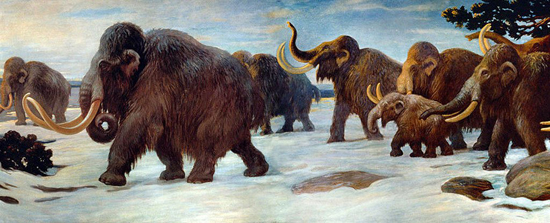
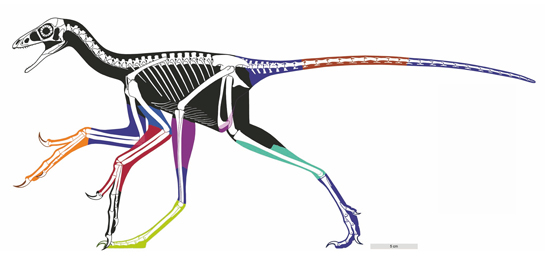
Leave A Comment